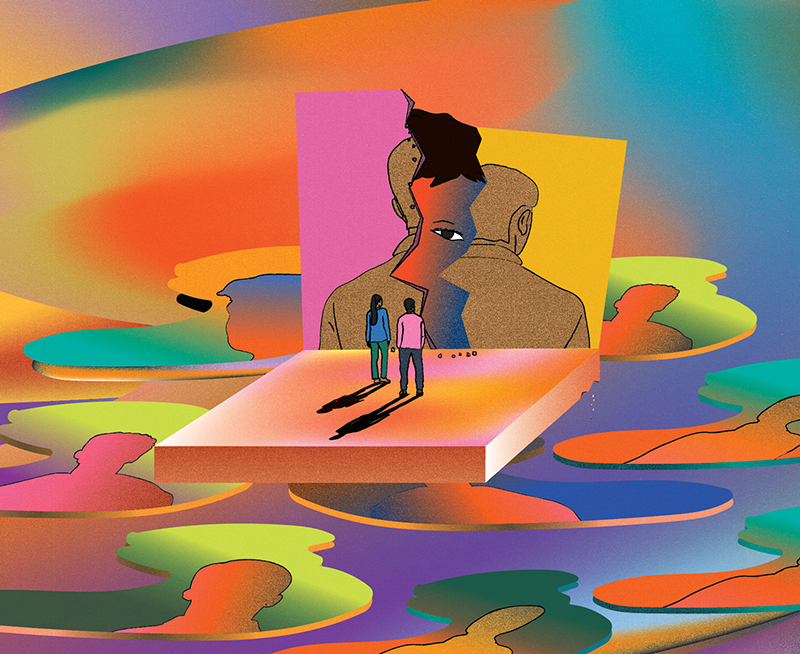Cosmologists from Canada, the United States and Chile have unveiled detailed observations of the universe some 14 billion years ago – long before the existence of stars and galaxies. The data, from the Cosmic Background Imager (CBI) experiment in Chile, gives researchers their first glimpse of the primordial structures that grew into the massive clusters of galaxies seen today. Analyzing this data, says Professor Richard Bond, director of U of T’s Canadian Institute for Theoretical Astrophysics and a member of the CBI team, is “like listening to the music of the cosmos.” The CBI is a highly sensitive 13-antenna device that makes images of cosmic microwave background (CMB) radiation.
The radiation was released 400,000 years after the Big Bang, at a time when the hot plasma of the universe cooled enough to become transparent. CBI detects slight temperature variations in the plasma, which are due to sound waves. Previous CMB research revealed what Bond describes as “an underlying bass sound,” followed by a booming mid-range note and two higher harmonic peaks. The new CBI results triple the measurement range, revealing hot spots in the radiation that point to “clumps” of matter in an otherwise smooth early universe. These “clumps” eventually became clusters of galaxies.
Recent Posts
People Worry That AI Will Replace Workers. But It Could Make Some More Productive
These scholars say artificial intelligence could help reduce income inequality
A Sentinel for Global Health
AI is promising a better – and faster – way to monitor the world for emerging medical threats
The Age of Deception
AI is generating a disinformation arms race. The window to stop it may be closing



